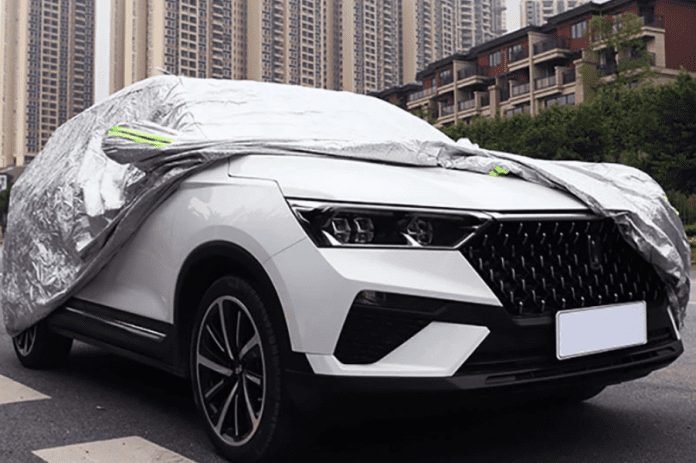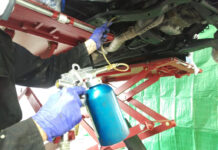A dust proof car cover protects your luxury vehicle from air pollution, moisture and scratches. Three covers are available. Select Perma Bag for long-term car storage. Choose an Auto-Storm cover protects from rain, snow, hail and more. Use an Auto-Pajama cover to protect your car in garages and enclosed spaces.
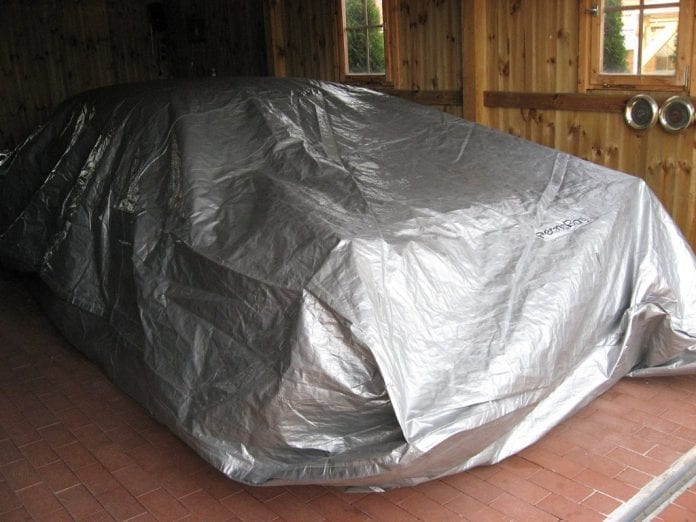
Car Cover Perma Bag to dust-proof
The Perma Bag Dust Proof Car Cover allows you to store your car for weeks, months and years. Simply unzip the trunk, drive the car, pull the lid over the roof and close the airtight zipper. Use Perma Bag indoors and outdoors. The exterior version has a weatherproof top cover for weather and ultraviolet radiation protection. Place a reusable desiccant pack inside the lid to remove moisture. Remove the desiccant packaging from the pouch and place it in the oven to recharge it. You can use the same PermaPack for up to six years. Perma Bag is a professional solution for storing luxury cars. Your car exits exactly as it entered – without rust, dust or moisture. For more details visit website carcover.com.
Take care of your car
That does not take much effort to keep your car “in shape”. We have listed 12 basic cares that will help you preserve your vehicle and avoid expenses and accidents. While some people take care of the car as if it were a child, others only stop to pay attention to the vehicle when they realize that something is wrong. This attitude is risky and can mean a lot of damage to the car and especially to the driver’s pocket.
Car-care
You don’t have to devote all your free time to the car, but you can do a few simple things that extend the life of the car and keep it from getting you in the wrong time – and avoid unnecessary expenses. Check out our list of 12 tips for taking good care of your car:
-
Keep the car clean
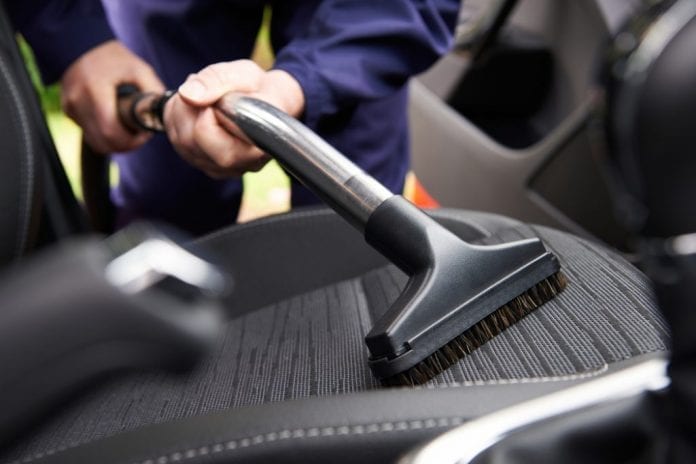
Car cleaning goes beyond aesthetics. By keeping the interior of the vehicle clean, you prevent the buildup of substances that are harmful to health and can cause allergic attacks such as dust mites and fungi. In addition, outside dirt compromises paint and other components and may even cause stains. See our tips on how to wash your car and seats correctly.
-
Check Engine Oil
Oil is responsible for cooling, cleaning and lubricating the engine. Check the car manual for its specifications. Pay attention to the dashboard dial and the sticker affixed to the windshield indicating the date of the next oil change. The operation must be performed at an authorized workshop.
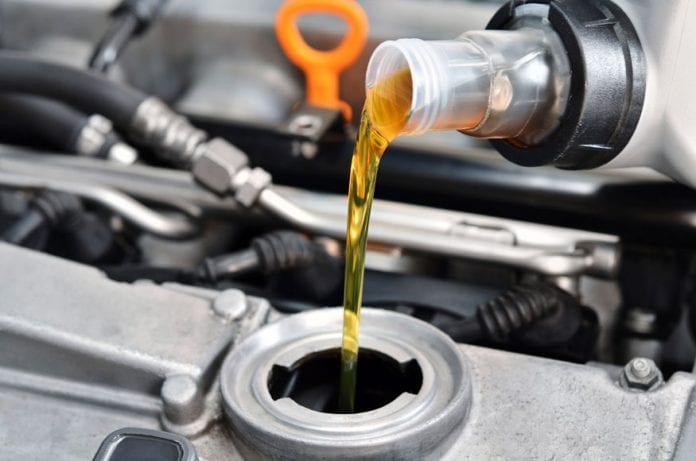
-
Watch out for tire pressure
Driving at the right pressure noticeably reduces fuel consumption, avoids overheating and thus premature wear and risk of accidents. The indicated pressure varies depending on the model and the weight the vehicle carries. If you are unsure of the proper pressure, check the manual, car door or side of each tire.

-
Take care of bodywork
In some cars, bodywork is already protected against rust and other harmful agents. It is common for scratches, door knocking, or minor dents to occur, but do not leave repairs for later. The longer the delay, the greater the risk of injury increases. To solve these problems, use the “little hammer” and other similar resources.
-
Use original replacement parts
Replacing original parts with replacement replacement parts may cause mechanical problems, accidents, and even loss of warranty. Unlike originals, generic parts do not pass rigorous quality tests. Remember: If the mechanic installs inferior products without your consent, he may respond in court in the event of a possible eventuality.
-
Align and Balance
Alignment and balance prevent uneven tire wear and increase passenger safety. Both procedures must be performed every 10,000 kilometers or after changing tires and other components. It is also recommended if there is a hit on the wheels, very long stretches of shaking and extreme weather conditions. A good indication that the car needs these procedures is inaccuracy or vibration while driving.
-
Do not keep foot on the clutch
Driving with the foot on the clutch keeps the coupling uncoupled as the friction assembly works. Friction leads to premature wear and even clutch breakage.
-
Use engine speed at appropriate levels
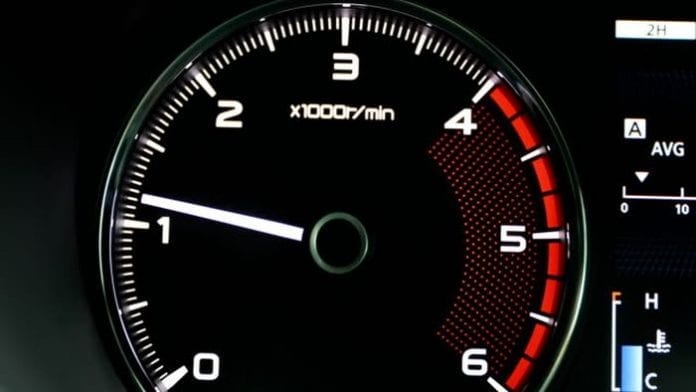
Driving at or above the rev counter’s red mark – 40 km / h in fourth or fifth gear, for example – can cause premature wear and breakage of the engine and engine. streaming. To avoid this, use them only when necessary, such as overtaking.
-
Don’t keep your hand on the gearbox all the time
Driving your hand on the gearbox is a very common custom, but it can do serious damage. The lever is directly connected to the gearbox, and even the slightest pressure is transmitted to the selector. Eventually, the gearshift becomes noisy and less durable. Restrict use to gear shifting only.
-
Service Engine Components
Failure to replace spark plugs, air, oil and fuel filters, and carburetor within the indicated period may result in excessive wear and up to 25% higher fuel consumption. It is recommended to change the sails every 20,000 kilometers, the air filter every 15,000, and the fuel filter every 10,000. The oil filter should be changed together with the engine oil. The carburetor lasts, on average, up to 80 thousand kilometers.
-
Attention to glass
Do not turn on the windshield wiper when the glass is dry. Accumulation of dust, oil and other debris can scratch the glass. To wash the glass, use plenty of water and mild detergent, plus a soft flannel. Always keep them clean so as not to impair visibility.
-
Do not drive with the engine overheated
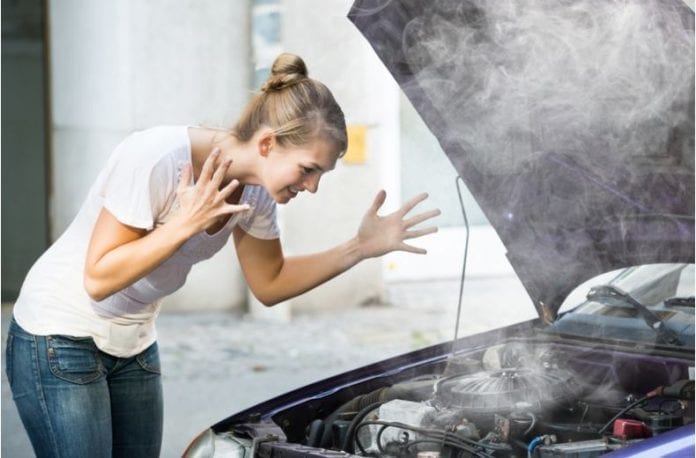
If the car thermometer overheats, stop in a safe place, open the bonnet, wait for the car to cool completely, and check the water tank. If the volume is below the level recommended by the indicator in the reservoir, top up with normal water. Do the procedure carefully – the tank may contain high pressure vapors that cause severe burns. To avoid the risk of reaching this point, check the level weekly or before traveling.
